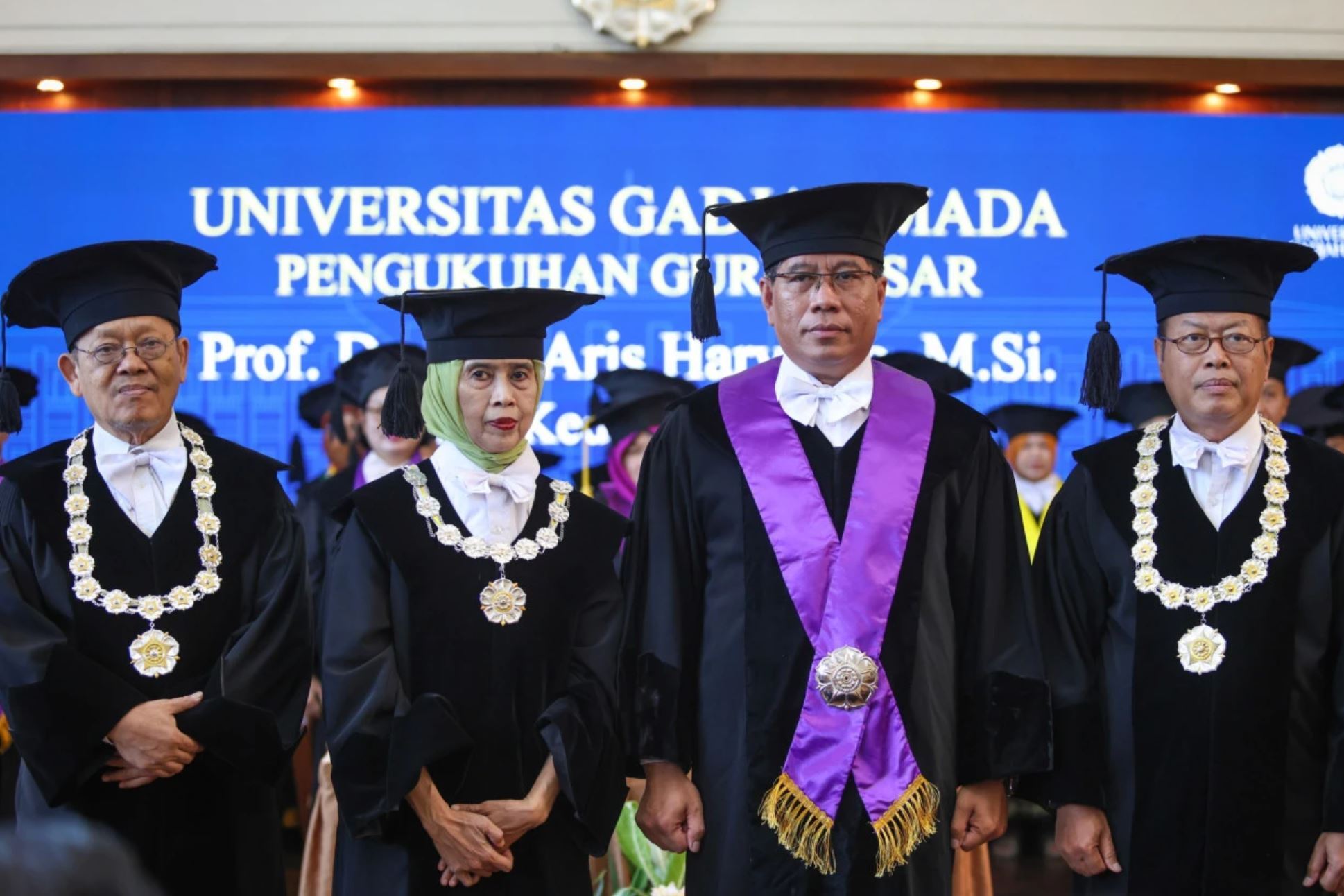



Indonesian professor unravels resurgence of FMD outbreak after 32 years
In 2022, foot-and-mouth disease in ruminant livestock appeared across diverse regions in IndonesiaDr. Aris Haryanto, a distinguished educator at the Faculty of Veterinary Medicine at Universitas Gadjah Mada (UGM) in Yogyakarta, Indonesia, delivered an inaugural lecture titled “Foot and Mouth Disease Outbreak in Ruminants in Indonesia: A Molecular Biochemistry Perspective.”

Delving into the crux of the matter, Professor Haryanto highlighted the persistent resurgence of foot-and-mouth disease (FMD) in ruminant livestock across diverse regions in Indonesia despite a noticeable decline in reported cases.
Intriguingly, for 32 years, Indonesia maintained the coveted status of being FMD-free without vaccination. The turning point, however, came when reports surfaced of a re-emergence on Apr. 28, 2022, in Gresik, East Java. The initial onslaught struck 402 beef cattle in Gresik, subsequently rippling across several regions in Indonesia.
“The root cause of FMD’s re-emergence in Indonesia after a three-decade hiatus is our policy that relaxed regulations governing importing livestock and livestock products abroad,” the professor pinpointed.
According to Professor Haryanto, comprehending the etiological agents responsible for FMD in Indonesian ruminants through the lens of Molecular Biochemistry is imperative. FMD is a pivotal transboundary animal disease with substantial economic ramifications and high contagion potential.
“Factors such as a wide range of host species, low infectious virus doses, the virus’s ability to survive in the environment, and virus excretion by infected animals before clinical symptoms appear contribute to the rapid and extensive spread of FMD,” he explained.
He further stressed that preventing FMD in FMD-free zones demands a multifaceted approach, encompassing protective measures like livestock movement restrictions, vigilant traffic supervision, and robust surveillance implementation.
Slaughter protocols for infected animals, recently recovered animals, and those potentially exposed to FMD agents are imperative. Beyond that, rigorous biosecurity measures, including asset disinfection and disposal of infected materials, are essential to the strategy.
“This entails the disposal of carcasses, waste and all animal products in infected areas, coupled with stringent quarantine measures,” he emphasized.
In regions already affected by FMD, preemptive measures involve vaccination using an active virus vaccine to confer adequate immunity for the subsequent six months after two administrations.
“It is important to enhance livestock traffic control on land and sea while prohibiting livestock entry from affected areas,” he called.
Addressing FMD treatment and control, such as cutting and disposing of infected animal tissue, treating infected feet with antibiotics or cupric sulfate solutions, and intravenous injection of sulfadimidine preparations, are vital interventions.
“During treatment, infected animals must be separated from healthy animals, quarantined separately from healthy animal enclosures, and uninfected animals must be placed in a dry location, allowed to walk freely, and provided with sufficient feed to enhance their immune system,” he mentioned.
In the broader context of an outbreak, a temporary halt to live animal movement, stringent control over animal product traffic, and isolation of infected animals form part of the general policy to curb virus spread.
By adopting a multifaceted strategy involving isolating infected animals, supportive therapy, vaccination, and heightened biosecurity measures, we can control and eradicate FMD while minimizing public panic about meat consumption.
Professor Haryanto emphasizes that beyond the immediate health concerns, there’s a broader economic impact if FMD concerns deter meat and milk consumption. This downturn in demand could spell hardship for farmers and livestock businesses, posing a long-term threat to the availability of live animals and animal products like meat and milk.


